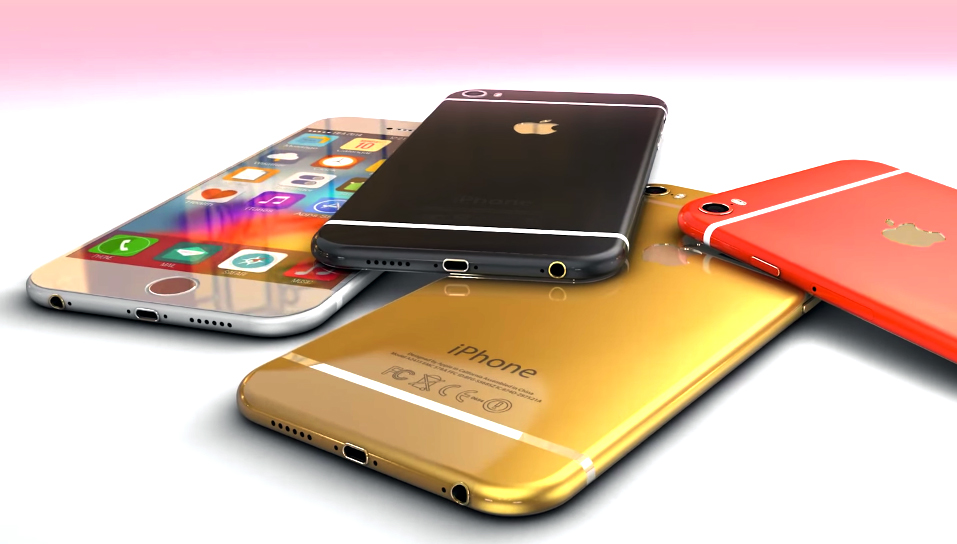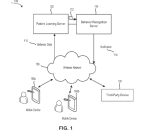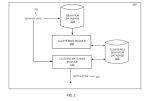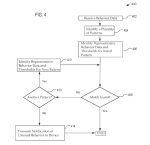Apple’s iOS devices may get even more secure in the future, a new patent application discovered by AppleInsider reveals, as devices will be able to get used to the owner, and determine differences between iPhone users in order to prevent theft and unwanted access. As a result, iOS devices would be able to lock themselves down when a stranger is detected, and even transmit an alert to a predetermined person.
The technology could also be used to detect strange usage patterns with elders and determine whether a potentially fatal health condition is affecting them, in which case an alert for help can be sent out.
The patent, called “Generating notifications based on user behavior,” details means through which iOS devices, such as iPhones, could be able to interpret various elements of day-to-day handset use and put them together to establish a profile of the owner. Whenever usage patterns stray from those contained within the profile, the iPhone can lock itself up and prompt the current user for a password or a different method of identification, such as Touch ID.
As for the data the iPhones can collect from day-to-day iPhone use, Apple is quite ingenious in this area as well, and is looking at the various things the user does.
“[T]he behavior patterns may include any combination of sensor patterns, location patterns, user-interaction patterns, communication patterns, or other behavior patterns,” Apple writes. “For example, sensor patterns may identify typical physical activity during the day such as patterns of sleep and inactivity, typical walk, gait or exercise, patterns of indoor or outdoor activity using, for example, light levels, noise levels, and temperatures, as well as other patterns. Alternatively to or in combination with the sensor patterns, the behavior patterns may be based on one or more of the following: user interaction with the user interface of the mobile device (e.g., most commonly used gestures, buttons pressed); locations such as when and where the user typically or routinely spends time; usage of applications or online activity (e.g., recreational breaks inferred from game or media player user, online services accessed); interactions with other users (e.g., phone calls, emails, messages); connections with familiar networks (e.g., Wi-Fi); connections with external devices or accessories; spelling error rates (e.g., autocorrect rates); grammar; vocabulary; punctuation; case; keyboard orientation; typing tempo; or other behaviors.”
Once a profile is established with help of information collected, which is then stored in a behavior database on a special server, the iPhone can quickly determine whether the current user of the iPhone is actually the owner, and take action in case uncommon behavior is detected.
This isn’t Apple’s first patent that describes advanced iPhone features, with other inventions looking at personal user behavior analysis in order to boost iPhone battery performance, and at finding ways of automatically performing certain emergency actions in such emergency situations.
However, it’s not clear when such an invention will actually be used to further secure iPhones and prevent theft, as Apple is yet to unveil a commercial version of this kind of advanced iOS features.
One hurdle the company will have to overcome is privacy concerns, as the technology describes ways of collecting a lot of personal data to identify a phone owner. Considering Apple’s extensive efforts to further guard privacy in iOS 8 and OS X Yosemite, it’s expected that such anti-theft and security features would only be available once the users opts-in.
Images from the patent application follow below.







